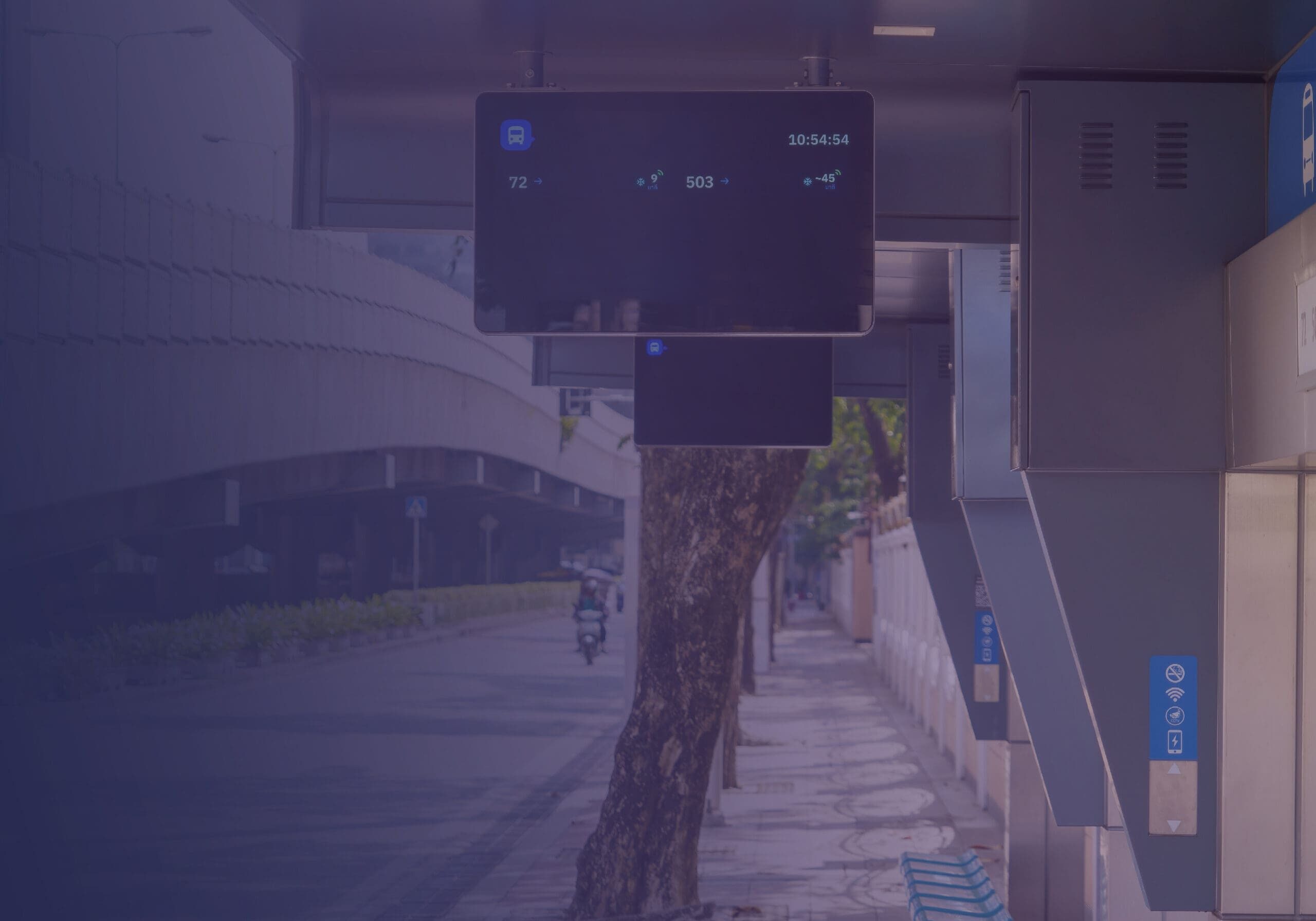It’s a shocking experience opening the door to a recently vacated house or apartment, and having it hit you square in the face. You try to imagine what could cause the smell, and in a few extreme cases, even wonder what it must have been like living there. It’s not every rental property, but for those that are affected, it is a serious problem.
35% of the US population, 1 in 3, rent their home. These 44 million housing units change hands about every three years. Finally, many tenants are rent-burden, with more than 30% of their income being used to pay the rent, and things have worsened in recent years.
Getting a rental unit ready for the next tenant is a fact of life, and lingering odors are an immediate priority. Common sources include cooking, pets, fecal matter and urine, trash, smoking, and vaping, all of which seep into soft furnishing and carpets.
Ultimately though, there are three categories that are the mega-contributors: volatile organic compounds (VOCs), bacterial metabolic gases, and fungal metabolic gases. Innovative property management companies are leveraging AI and IoT in unexpected ways to tackle the problem.
VOCs
There are thousands of VOCs, and many, such as those found in cigarette smoke and nicotine have strong and unpleasant smells. They are given off by residues sitting on surfaces (like microscopic particles of tar), which is why air filtration only works momentarily, and then the smell returns. Even washing and scrubbing is only partially effective because it is on every square inch of the room. One solution commonly employed is their oxidation by ozone generators, which converts the residue chemicals into something else, which doesn’t smell.
Because this is treating the surfaces and fabrics, and not the air, it is not a quick process. So the ozonation process potentially needs to last a few days depending on the severity. Ozonating a room for a long period at high concentrations damages the room and is unsafe, which is why EPIC iO developed the AURA™ solution that runs low and slow for up to days on end.
BACTERIA
Bacteria are everywhere and many are harmless. Some, such as strep, E. coli, and Salmonella cause diseases, while others, such as staph, find places to thrive and give off gases as part of their natural metabolic processes. These are the smells we sense as rancid, putrid, sweaty etc.
As with VOCs, removing the smell from the air will only last a few minutes, until the bacteria refill the air with their by-products.
EPIC iO developed AURA™ to destroy bacteria. By disinfecting the source of the smells the effect is long-lasting.
MOLD AND MILDEW
Like bacteria, mold and mildew, which are fungi, give off smelly gases and the only solution is to remove them and destroy any remaining traces, which is what EPIC iO AURA™ was designed to do. The problem with fungi is that they feed off the material they are clinging to, even drywall, so the process has to be slow and methodical. You cannot just bomb a room with a high dose of any disinfectant, including ozone, and hope to shock the fungus into dying.
HOW MOLD AND MILDEW AFFECT PROPERTIES
Mold and mildew are both types of microscopic fungi that spread by dispersing millions of spores. When the spores land in favorable damp conditions, they open up and grow rapidly, consuming the very surface they land on, regardless of whether it is a damp bathroom floor, or inside the carpet or drywall of a recently flooded basement.
Some are dangerous and some aren’t. But most of them smell unpleasant, often described as musty, stale, earthy, damp, rotting or fermenting, and sour.
They are literally digesting the surface that are on, and in the process giving off gases, called microbial volatile organic compounds (mVOC).
You may recognize some of these 3 out of over 200 mVOC categories:
- Terpenes, pungent smells ranging from cheesy to skunky
- Carboxylic Acids, sour, unpleasant, and sometimes just rancid
- Sulfur and Nitrogen Compounds, rotten eggs and ammonia
We can’t smell small quantities, so if you smell any of these then you have an infestation even if it is invisible to the naked eye. But if you’re wondering whether you’re staring at mold or mildew there’s a quick way to tell. If it reminds you of moldy bread, it’s mold. If it is a white or gray powdery deposit it’s mildew.
Mold, which is a type of microscopic fungus, looks slimy or fuzzy, has a raised texture, and comes in fancy colors.
Mildew is a type of mold, but it is always flat, powdery, and white or gray. You’ll remember seeing it on shower walls, plants, and dark clothes that were stored in a damp or dark place.
They both thrive in damp environments, especially when there is poor air circulation. Following a flood you typically have 24-48 hours in which to remove the moisture before they take hold. Their spores are always in the air and environment around us, but it is moisture that triggers them to grow.
SUMMARY
Turning over a rental property is an expensive and time-consuming project. Innovating property management firms have found that with autonomous and intelligent disinfection systems such as EPIC iO AURA™ they can automate one large part of it – odor removal. With a set-and-forget approach, technicians can leave units in the problematic spaces and they will use a low and slow approach to destroy VOCs and kill odor-causing bacteria and fungi, knowing that it is safe for them, and the property. And since the units are always online, they can be controlled and monitored remotely, so you know when the rooms are ready.
To learn how other large property management companies have transformed their unit turn-over process so that they smell fresh and welcoming for your next tenants, contact us at epicio.com.








